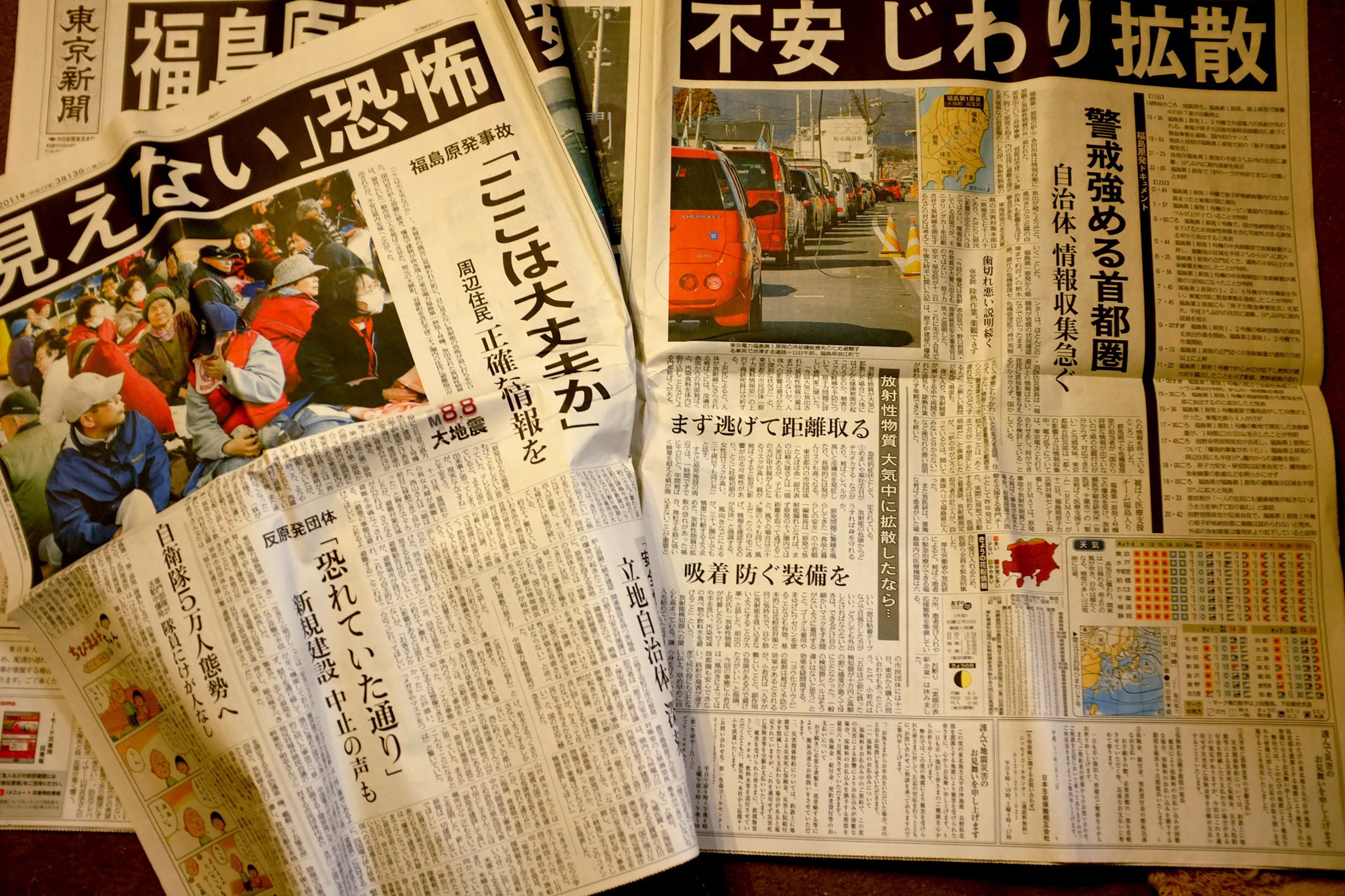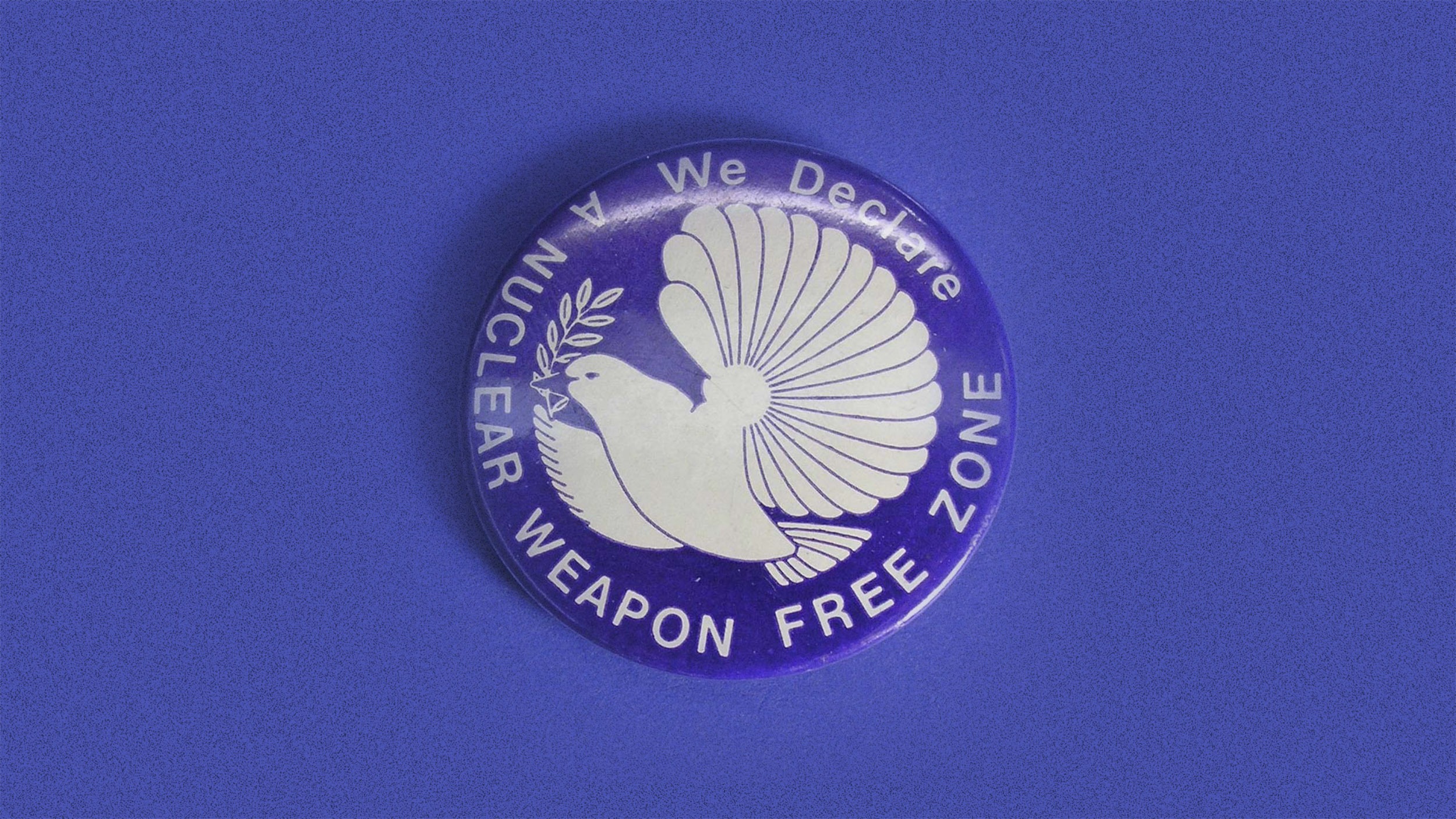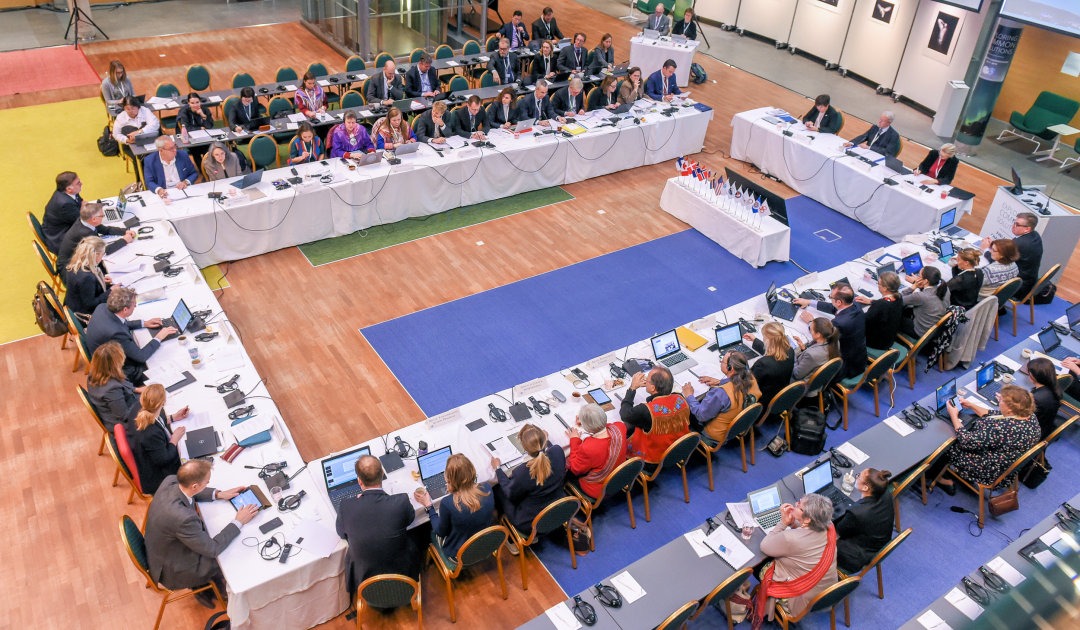How a Regional Nuclear-Free-Weapon Zone Can Benefit Japan
Between June 21-25, in two back-to-back conferences, there was intense discussion of Mongolia’s national nuclear-weapon-free zone (NWFZ), the best means of containing and reversing North Korea’s growing nuclear and missile programs and capabilities, and the possibility of doing so by establishing a regional Northeast Asian NWFZ. Some of the Japanese participants asked: what would Japan gain from such a zone? Before answering that, the key attributes of a NWFZ must first be described.
NWFZs are legal mechanisms for buttressing nuclear nonproliferation, and political stepping stones toward nuclear disarmament. The concept predates and supplements the Nuclear Non-Proliferation Treaty (NPT) which was signed in 1968 and entered into force in 1970. The first NWFZ in a populated region was set up in Latin America by the Treaty of Tlatelolco in 1967 and came into force in 1969. This was followed by the Treaty of Rarotonga in the South Pacific (1985/1986), the Treaty of Bangkok in Southeast Asia (1995/1997), and the Treaty of Pelindaba in Africa (1996/2009).
Thus the southern hemisphere is covered by a patchwork of NWFZs. In the northern hemisphere, the Central Asian NWFZ was adopted by the Treaty of Semipalatinsk in 2006 and went into force in 2009. The total number of states parties of the five NWFZs spread across four continents is almost 100 — more than half the world’s total.
All NWFZs share the elements of prohibiting forever the acquisition, deployment, use, testing and hosting of nuclear weapons on territorial land, sea and airspace; requiring no-use assurances from the nuclear powers; setting up verification systems; and obtaining the endorsement of the international community through a U.N. General Assembly resolution. Thus while the NPT permits the stationing of nuclear weapons on the territory of states parties as long as they do not exercise jurisdiction and control over them, a NWFZ prohibits such stationing. It goes beyond the NPT also in requiring commitments from the nuclear weapon states not to use nuclear weapons against zone members — unlike unilateral declarations of non-use, treaty commitments are legally binding on the NWS; and in setting up regional verification machinery to complement the work of the International Atomic Energy Agency (IAEA) to check cheating.
All NWFZs established to date have been instruments to reinforce the nonproliferation obligations of their members. A Northeast Asia NWFZ would be pointless without the inclusion of a denuclearized North Korea. The resulting difficulties of successfully negotiating a zone as a disarmament measure are beyond the scope of this article. It is time to instead return to a consideration of the benefits it would bring to Japan and thus the reason why the government should actively promote it.
The first, most obvious and most important is indeed that it would denuclearize North Korea. Given the multiple security risks posed by a nuclear-armed North Korea, this is a substantial plus. Moreover, the North’s denuclearized status would be embedded in an additional legal instrument, subject to regional and global verification and inspections, and reinforced by additional legally binding obligations on all outside powers not to provide any assistance to Pyongyang’s nuclear weapon programs.
Second, Japan would gain legally binding negative security assurances from all five nuclear weapon states (China, France, Russia, Britain and the United States) against nuclear attack by any of them. Given the reality of territorial disputes with China and Russia, this is not inconsequential. Moreover, these could be obtained without Japan having to renounce U.S. nuclear weapons as the guarantee of its own national security, as long as they were not used first in an attack on another nuclear power. This is important because while legal guarantees add to the barriers against nuclear attack, they do not guarantee such non-attack: They remain paper guarantees.
Third, Japan also has territorial and other political disputes with South Korea and in recent times influential voices have been raised in Seoul calling for re-introduction of U.S. tactical nuclear weapons and perhaps even the acquisition of nuclear weapons by Seoul directly. A Northeast Asia NWFZ would pose a substantial additional legal, normative and political barrier to Seoul crossing the nuclear threshold and thereby contribute to further stabilization of the regional security situation.
Fourth and as a complement, the zone would equally reinforce Japan’s non-nuclear status. For Japan, too, has heard calls for consideration of an independent deterrent on the grounds that, particularly with the Trump administration’s focus on “America First” security and trade policies, the U.S. nuclear umbrella could develop a leak when bombs start raining on Japan. And the discussion of the independent deterrent option in Japan has in turn further heightened regional tensions and deepened regional trust deficits.
A nuclear war in Northeast Asia could directly involve four nuclear armed states (North Korea, China, Russia, and the U.S.) as well as Japan, South Korea and Taiwan as U.S. allies. Bringing together all the above considerations, a Northeast Asia NWFZ could prove valuable in de-escalating regional tensions and reversing the growing trust deficit: between countries in the region, between regional countries and external powers, and finally between the external powers directly. For example a regional NWFZ with North Korea denuclearized, built-in credible inspection and verification machinery, and protocol-based guarantees of non-use from nuclear powers, would remove the need for the deployment of missile defense systems that have been extremely provocative when seen through China’s eyes.
In other words, a regional NWFZ is a treaty-based instrument to quarantine a zone from the real risks of nuclear war. It does so by delinking regional tensions, disputes and conflicts from the geopolitical equations between the nuclear powers, aiming to prevent any cross-contamination of regional and global quarrels. It does not guarantee national security and therefore does not preclude the need for independent national security policies and measures. But it does add a further firewall between regional quarrels and nuclear war. In any region of high risk, that is not a minor achievement.
This was originally written for the Nuclear Threat Initiative.
Image: Flickr.




